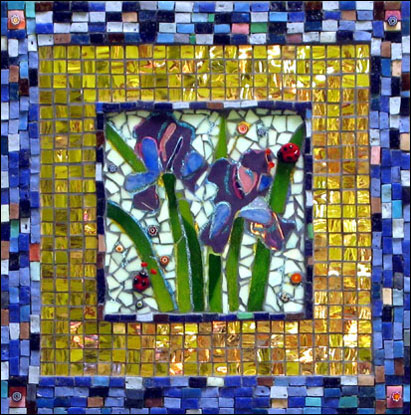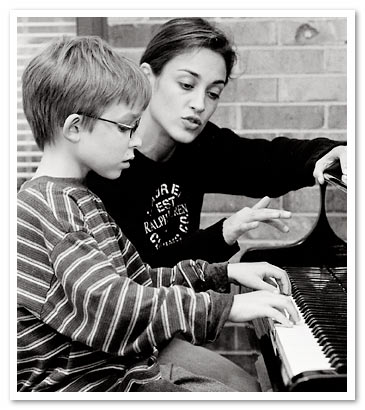Please also type ‘lesson’ into SEARCH box – see top above right-hand column.
Lessons on this site – Primary to Higher Education SEE also Course in Part
If you are looking for lesson ideas the first thing is to search ‘Recent Posts’ since updated as well as new ideas get posted there.
I started by dividing lessons into primary, secondary and HE (Higher Education or adult) but many of these lessons work at several or all age groups so it is better that a teacher look at the suggested lessons and make up her or his mind – and where necessary make any necessary adjustments.
The lesson outlines relate particularly to a range of subjects including a) Holistic Education b) philosophical inquiry/PFC Philosophy for Children c) English d) Art e) Educational Studies.
This site was started in June 2007 and I will try to add 50 lessons by the end of the year. I will add the term ‘TASK’, and a suggested activity, to posts that aren’t specifically lesson outlines but which might also be the starting point for planning a lesson.
Please send me ideas for lessons or ones that have worked well so that I can post them for the benefit of others (rogerprenticeATbigfoot.com (replace AT with @)
Links to Lesson sources – a few are commercial (with whom I have no relationship!)
Below are links to a variety of potential sources for lessons – to be updated.
http://www.education-world.com/a_curr/curr156.shtml
http://www.teachingtips.co.uk/
http://honolulu.hawaii.edu/intranet/committees/FacDevCom/guidebk/teachtip/teachtip.htm
http://www.ehhs.cmich.edu/~tvantine/edres.html
http://chiron.valdosta.edu/whuitt/index.html
http://artsedge.kennedy-center.org/aboutus/sitemap.cfm – Lessons
http://teaching.berkeley.edu/compendium/
http://www.mcmaster.ca/cll/resources/teaching.tips/
http://www.psychologicalscience.org/teaching/tips/
http://web.indstate.edu/ctl/tips/tips.html
http://www.nea.org/tips/index.html
http://trc.virginia.edu/Publications/Teaching_Concerns/TC_Topic.htm
http://www.autism.org/temple/tips.html
http://www.unl.edu/gradstudies/gsapd/instructional/teachingtips.shtml
http://www.trace.uwaterloo.ca/tipsheets.html
http://iteslj.org/links/TESL/Teaching_Tips_and_Ideas/
http://www.developfaculty.com/tips.html
http://www.everythingesl.net/inservices/
http://help4teachers.com/samples.htm
SEE also – Links and Resources.
The first section however is ‘tips’ that arise specifically out of the SunWALK model.
 Source – beautiful work at Yellow Cottage Mosaics
Source – beautiful work at Yellow Cottage Mosaics
Loosening the strait-jacket and increasing the holism
Question: “What is it that constitutes holistic teaching?”
Answer: “The holistic teacher is one who proceeds in all particulars with a sense of the whole –
and who once a lesson (at least) brings the pupils/students back to a sense of the Whole.”
Holistic Education – you must be joking! Fragmentation rules! I know that in the UK at least teachers are in a continually worsening government strait-jacket
So what can you do – starting today – to make your teaching and lessons more holistic and more satisfying for you and for those you teach? Here are a few suggestions.
a) ‘Re-framing’
By re-framing I have in mind that we all habitually use ways of thinking that we were taught or that we have adopted over the years. We can enrich what we do by seeing it in a new light and by then consequently changing how we work.
‘Re-frame’ your thinking via ‘added’ creativity. (SEE quote by Charles Darwin below)
If you are an arts teacher (performing creative or otherwise) see what inspiration can come from the sciences.
If you are a science teacher explore the creative and the humanities to re-fresh your thinking and practice. It was Darwin’s one great regret that he didn’t stay closer to the arts:
“If I had my life to live over again, I would have made it a rule to
read some poetry and listen to some music at least every week…
The loss of these tastes is a loss of happiness, and may possibly
be injurious to the intellect, and more probably to
the moral character, by enfeebling the emotional part of our nature.”
Charles Darwin (quoted in Christian p. 611)
Add the creative suggestions/connections to the presentation and discussion not just as balm for your own soul!
b) Make a deliberate effort to link each activity with other activities. In modelling through your behaviour/talk this ‘making of connections’ you will encourage pupils/students to make such connections. When a pupil/students does make a connection point it out; “Did you see how Juan/Maria made a connection between what we’re doing and the History lesson we did yesterday? Can you see any other connections?”
c) Relate subjects that are specifically concerned with values to values contexts.
d) Point out the creative potential in activities that are not specifically concerned with creativity.
e) Build in some simple form of contemplation/meditation in which the children let go of all of the busy-busy ‘freneticism’ and just ’sense the whole’ to which we all belong.
NB Even if we could all agree on what constitutes a fully holistic form of teaching/education most teachers are restricted, particularly in the State system. Therefore it makes sense to think of stages or degrees of ‘holising’ given that teachers have such restricted freedom to plan courses.
The above principles will help in moving your teaching several steps toward being fully holistic.
TASK: Is this the crunch question and answer?
It took me 15 years to formulate the key question and provide myself with a reasonably satisfactory answer. (OK I know I’m a slow worker!) I know its very simple – we always overlook the obvious. If you can think of a better answer – or a good alternative – please send me it.
Question. “What is it that constitutes holistic teaching?”
Answer: “The holistic teacher is one who proceeds in all particulars with a sense of the whole – and who once a lesson brings the pupils/students back to a sense of the Whole.”
More questions
Question: What is it that makes of the parts a whole?
Answer:……………………………………
Question: Does a mosaic serve well as a symbol of holism – or is it ‘too mechanical and fragmentary’?
How is it that our consciousness/perception sees beyond parts to wholes?
Answers:……………………..


